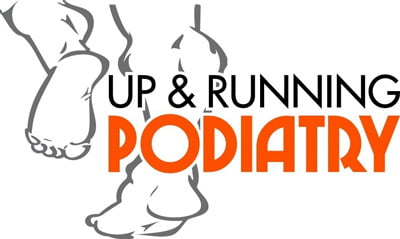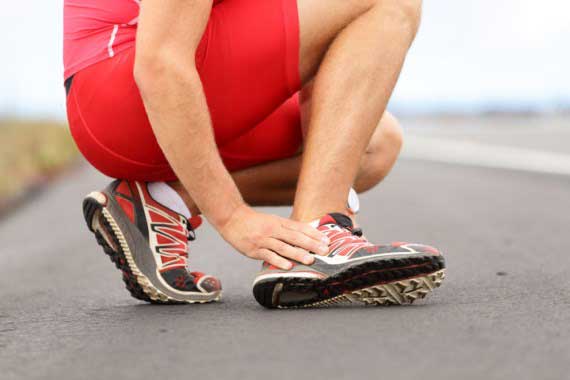Getting injured isn’t any fun! Maybe you are experiencing the lows of injury now or have been there before. An injury can affect your life in many ways, perhaps running is your stress release, or helps you sleep or it could be a big part of your social life. No one likes getting injured but unfortunately, it happens.
We sat down with Podiatrist and 1500m runner Madeleine Murray to find out how she comes back from injury and is working hard to prevent being forced to slow down in the future.
Here are some of the questions we asked.
What would you say the most common causes of injury are?
Returning to running after the injury
Over the years the biggest factor for me has been my return to running after the injury. In 2016 I was sidelined for most of the year due to a hip injury. I had just moved out to Australia and was excited by the opportunity to complete an Australian season. Unfortunately, I didn’t spend enough time doing the groundwork and conditioning myself for my return, I just jumped back into it. As a result, I became injured again and spent most of 2017 jumping in and out of injury before realising I needed to slow down and build the basics again.
The best advice I could give to anyone with regards to injury prevention, would be to take it slow, no more than a 10% increase in training each week and spend a good amount of time building running specific strength with your physio or podiatrist Melbourne before getting back on the roads.
Training load and frequency
Training load and frequency would be another common cause. I am sure many of us are guilty of ramping up the mileage in the lead up to a race and then falling short through injury. At the end of 2015, I had completed a British track season and cross-country season and was eager to get stuck into an indoor running season! Sounds crazy saying it out loud. It is easy to get carried away when things are going well but it is super important to take time out and let your body recover.
Since getting back into running this time around I have made sure I have kept some cross-training days in place to ensure I am giving myself a chance to recover. I also make sure I have a balance of hard days and easy days otherwise you easily fall into a trap of overtraining and not make any valuable training gains.
Diet
Another super important consideration is diet, making sure you are fueling your body to balance any calories lost through exercise. I have found fueling my body in the right way can make or break performance and aid recovery.
How often do you replace your running shoes?
Research suggests you should replace your running shoes roughly every 500km. Whenever I tell people that they laugh and say; “no way I have run 500km in these shoes”. You would be surprised, if you have one pair of running shoes that you wear to the gym, to walk in and to run in the km’s stack up pretty quick. It is time spent in the shoe that wears the cushioning down, I usually replace my shoes every 4-6 months.
I also alternate between a few pairs of running shoes, running is such a repetitive sport so I like to vary my shoes and surface as much as possible.
How important is a warm up to prevent injury?
Some of the highest numbers of recorded injuries are as a result of muscle tears and strains. Therefore, undertaking a specific warm up depending on the activity is important. Before every run I have a series of activation exercises I do, to engage my core and glutes and warm up my calf muscles.
When should you stretch, is it important?
To stretch or not to stretch… I include both static and dynamic stretching exercises into my training. A few common dynamic stretches I will include in a warm-up would be:
- Leg Swings
- Lunges
- Single leg arabesques
Static stretching should always be done when the body is warm, each stretch is held for roughly 20-30 seconds and repeated twice. I make an effort to try and stretch all the main muscle groups after a hard run or training session.

Remember what you do after a setback defines you, so hang in there!
If you are suffering from injury or need advice with a return to running program. Head over to our Online bookings or visit our Up & Running Clinics and make an appointment with one of our teams today.

